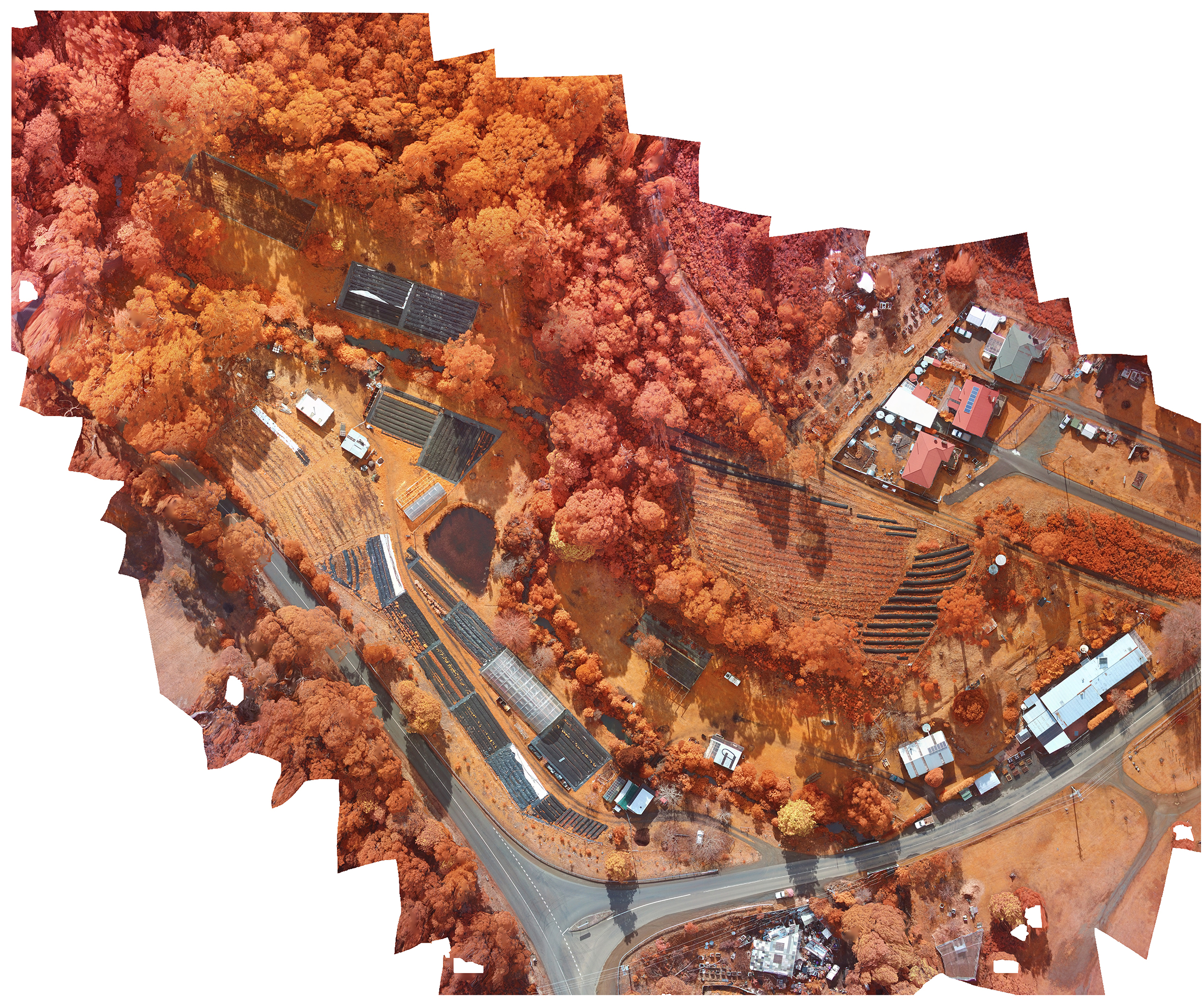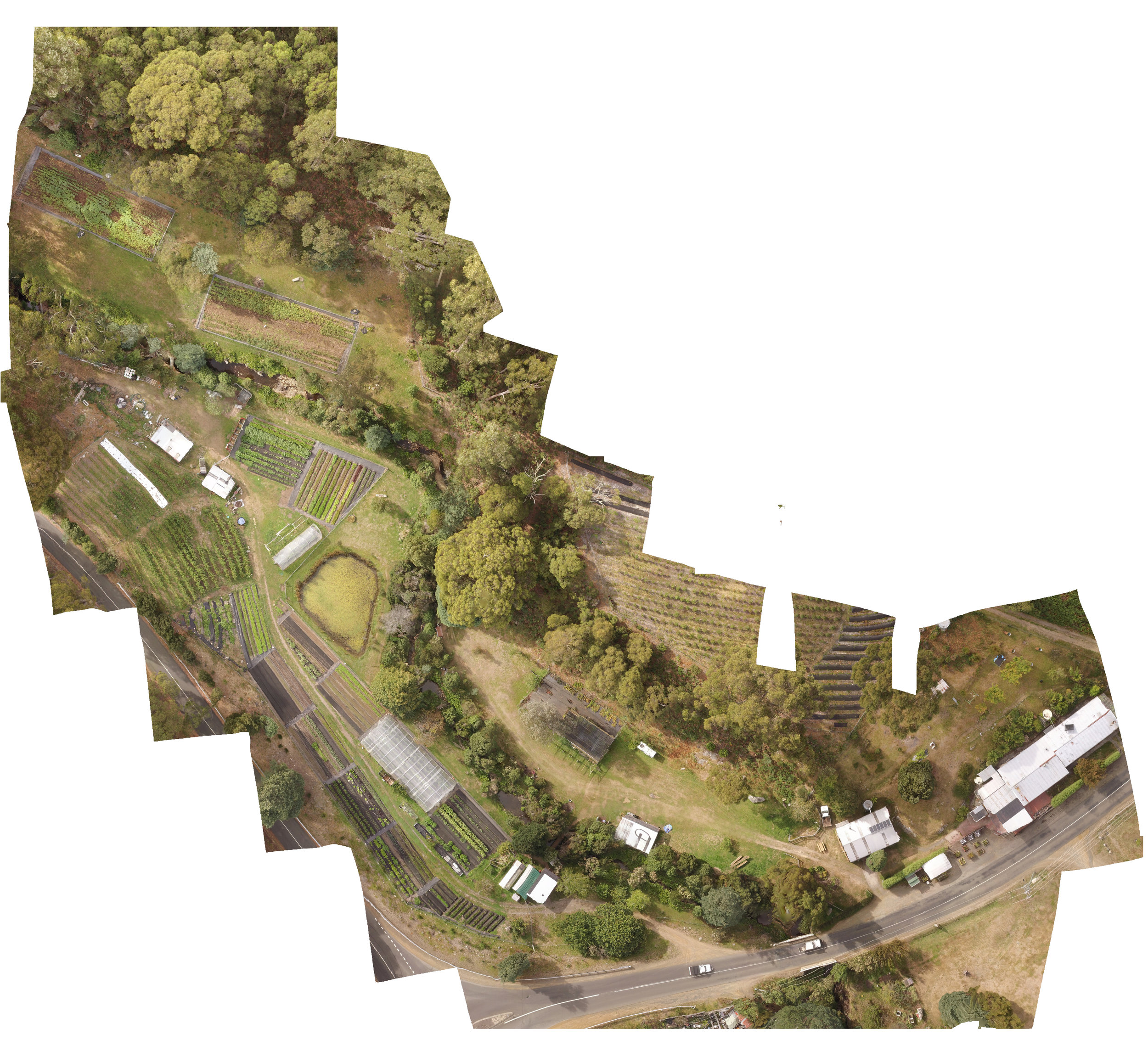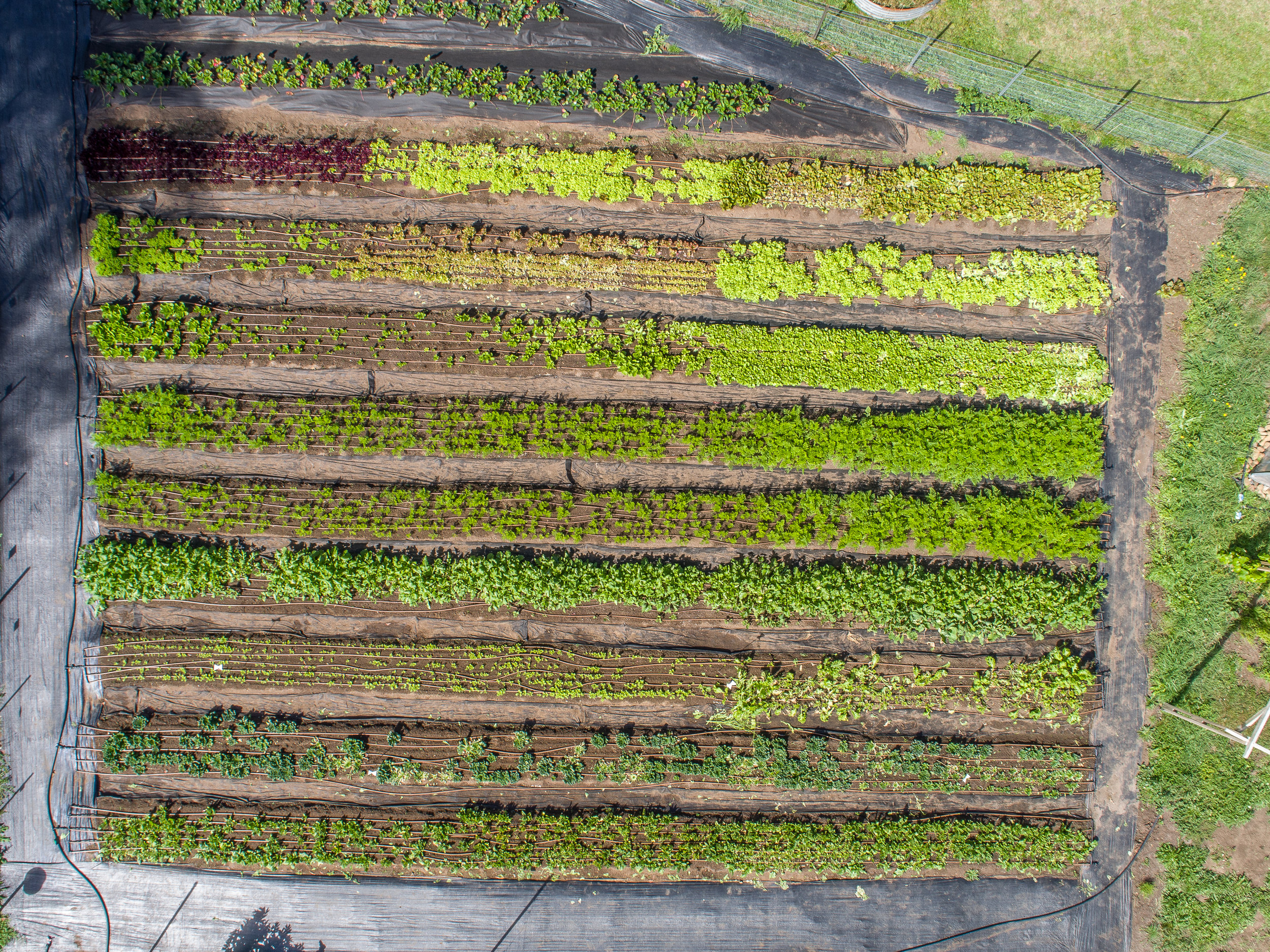Soil Dr service.
Soil diagnosis,
tailored organic fertiliser and recommendations.
Harnessing soil biology strengths, building on soil health.
Longley Organic Farm is now able to tailor make a bespoke regenerative fertiliser from organic inputs through our ‘Soil Doctor Service’, to best meet your garden’s nutritional requirements.
The Soil Doctor Service is high quality/low cost amelioration service, made possible with you, the client testing your own soil with an easy DIY kit and instructional.
Your soil sample is sent off and tested for nutrient levels, pH level, organic matter and cation exchange capacity using the Mehlich 3 Extraction Method through Spectrum Analytic, in Ohio, USA. The results are then interpreted by local soil agronomist, “Backyard Agronomist” Garth Coghlan (Grad. Dip. Ag. Science).
Using a base cation saturation ratio (BCSR) mainstream approach of nutrient sufficiency
Garth will give a comprehensive report with recommendations, prescribe a remedial formula and a fertiliser will be made up by Longley Organic Farm, with your desired inputs specific to your soil’s needs, providing optimum results for its intended use.
To arrange for a soil sampling package, please contact us.
Package starts from $310, excluding GST.
How it works:
1. Contact James through the Contact form with any questions or to arrange a time to meet us at our farm and get started.
2. Make your initial payment of $150 and come and collect your soil sampling kit
3. Take soil samples How to take a soil sample
4. Return your soil samples with completed garden profile form to us at our farm
5. We will send your samples off for testing and analysis and prepare your fertiliser once we receive the results (usually 2-3 weeks). We will contact you when everything is ready.
6. Pay the balance of your account and collect your results, analysis, recommendations, tailored organic fertiliser and application instructions.
Sample results, analysis and recommendations;
Please note, raw inputs can be modified to the customers preference with prior notification. The following results are a real example. Longley Organic Farm - soil analysis July 2015(1).pdf
Soil sampling package Includes:
Soil sampling kit including instructional video,
Independent testing and analysis,
Comprehensive report by an agronomist with amelioration formula.
Tailor-made complete organic fertiliser from formula; enough for up to 80m2 garden beds
Specific application instructions and further advice
Extra fertiliser charges apply for areas OVER 80m2 (approx. $12 per extra 10m2)
Standard Fee: $310+GST per sample/zone with fertiliser.
Please scroll down for alternative tests eg, tissue and contaminants.
For the urban/ microfarm we also recommend SWEP, they also use a base cation saturation ratio (BCSR) mainstream approach of nutrient sufficiency. This is the most cost effective test for larger areas, you will need to mix your own amendments. (Australia)
Plant tissue and nutrient uptake testing.
Suited more for market gardeners and orchardists than backyard patchers is a relatively low cost and highly efficient plant tissue test.
These tests can be repeated through a season to see how well crops are uptaking nutrient. We use and recommend Agvita , Tasmanian based they service agriculture Australia wide offering a number of tissue sample tests with fast results.
Soil contaminant tests.
Heavy metals.
Heavy metal testing often affecting areas surrounding older houses, we recommend vegesafe – through Macquarie University. A free soil heavy metal testing program for households Australia wide.
In the interest of your families primary health, the people at Vegesafe offer great soil remediation advice that will greatly ease concerns for many young families.
Organochlorides.
There are many types that were used prior to the Eighties in Australia. mainly in orchard settings. Organochlorides are highly dangerous and remain in the topsoil for a very long time. There are a number of local testing services available around Australia. Check with your council or Google the Yellow pages.
Other analytical tools.
The Normalized Difference Vegetation Index. (NDVI)
NDVI is an accessible tool that has some great potential benefits, such as, area specific definition, with normal random soil testing you get an average, not point specific data, this data may refer to such things as water movement through a hillside or pooling under a paddock, nutrient deficiencies in part of a zone or similar amendable toxicity.
NDVI photography is possible with a specially calibrated lens attached to a commercial drone. This service is readily available and affordable in the greater Hobart area
These are some test shots of some of our permabed zones taken in autumn. Ideally you would want to take them across a season and yearly follow up.
This service is provided to us by drone pilot Pete Haywood of RCeye photographiX. Pete is an expert commercial drone pilot and uses up to date NDVI lens and software.
(NDVI) is an index of plant “greenness” or photosynthetic activity, and is one of the most commonly used vegetation indices. Vegetation indices are based on the observation that different surfaces reflect different types of light differently.
Photosyntheticly active vegetation, in particular, absorbs most of the red light that hits it while reflecting much of the near infrared light. Vegetation that is dead or stressed reflects more red light and less near infrared light. Likewise, non-vegetated surfaces have a much more even reflectance across the light spectrum.
http://wiki.landscapetoolbox.org/doku.php/remote_sensing_methods:normalized_difference_vegetation_index
Output
The output of NDVI is a new image file/layer. Values of NDVI can range from -1.0 to +1.0, but values less than zero typically do not have any ecological meaning, so the range of the index is truncated to 0.0 to +1.0.
Higher values signify a larger difference between the red and near infrared radiation recorded by the sensor – a condition associated with highly photosyntheticly-active vegetation.
Low NDVI values mean there is little difference between the red and NIR signals. This happens when there is little photosynthetic activity, or when there is just very little NIR light reflectance (i.e., water reflects very little NIR light).
Successful Rangeland Uses
Because of its ease of use and relationship to many ecosystem parameters, NDVI has seen widespread use in rangeland ecosystems.
The uses include assessing or monitoring:
vegetation dynamics or plant phenological changes over time
biomass production
grazing impacts or attributes related to grazing management (e.g., stocking rates)
changes in rangeland condition
vegetation or land cover classification
soil moisture
carbon sequestration or CO2 flux






